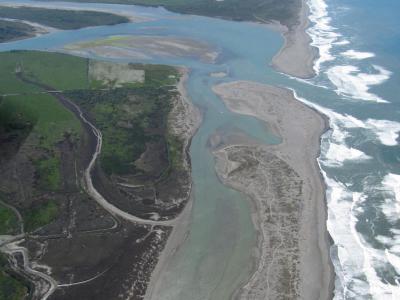Upper Klamath-Trinity River Spring-Run Chinook: Biology, Genetics and Recovery
Session Coordinator:
Tom Hotaling, Salmon River Restoration Council
Klamath Basin Spring-run populations are currently at less than 10% of their historic level, and at least 7 runs in the Klamath Basin are now extinct. Previous NMFS status reviews of UKTR Chinook salmon lacked the genetic evidence to warrant a separate ESU for the Spring-Run. However, new technology has enabled greater insight into the genetic makeup of these fish. The question now is, how we move toward recovery of this run timing.
This session will feature presentations which provide an overview of Spring-Run Chinook biology, including new genetic information. Presentations will also address Spring-Run restoration efforts and the importance of Spring-Run Chinook for Native tribes of California. A panel discussion, focused on the next steps toward Klamath River Spring Chinook recovery will follow presentations.
Spring-Run Salmon Recovery in the Klamath-Trinity Basin
Joshua Strange, Ph.D., Stillwater Sciences
Pacific Salmon Run Timing Reveals Critical Flaws in Current Methods for Conservation Unit Delineation
Michael Miller, PhD, UC Davis
Ishyâat, Spring Salmon
Josh Saxon, Karuk Tribal Council
Spring Chinook of the South Fork Trinity River
Joshua Smith, Watershed Research and Training Center
Restoration of Wild Spring-Run Chinook on the South Fork Trinity River – A Call for Action
D.J. Bandrowski, Yurok Tribe
Monitoring and Restoration Efforts for Salmon River Spring-Run Chinook and their Relevance to the Planned Reintroduction of Salmonids in the Upper Klamath Basin After Dam Removal
Nathaniel Pennington, Salmon River Restoration Council

